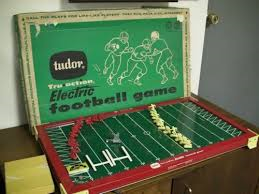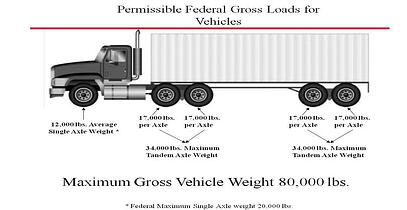This blog is written to dispel the belief that shipping via intermodal translates to more damage claims. What we typically find when we run across this belief is the shipper was told intermodal is "just like truckload" instead of being told intermodal is similar to truckload.
 As with any 53' load, the product must be secured in a way to ensure a safe and damage free move. However, unlike truckload shipments, intermodal loads experience harmonic vibrations that can move the load vertically, longitudinally and laterally. The vibration is not intense, but consistent. The closest comparison to the vibration is to recall the memory of the old time electric vibration football game. With the football game, the players were positioned on the field board, then the electricity was turned on and the players would begin to move to the open spaces on the field. This is very similar to an intermodal load where once the intermodal container is loaded on the train and the train then begins to move, the harmonic vibration will begin to cause unsecured freight to move to open free space in the container.
As with any 53' load, the product must be secured in a way to ensure a safe and damage free move. However, unlike truckload shipments, intermodal loads experience harmonic vibrations that can move the load vertically, longitudinally and laterally. The vibration is not intense, but consistent. The closest comparison to the vibration is to recall the memory of the old time electric vibration football game. With the football game, the players were positioned on the field board, then the electricity was turned on and the players would begin to move to the open spaces on the field. This is very similar to an intermodal load where once the intermodal container is loaded on the train and the train then begins to move, the harmonic vibration will begin to cause unsecured freight to move to open free space in the container.
Now with the understanding of the effect of harmonic vibrations on an intermodal load, the issue of damage and weight shifts can more easily visualized for the topic of blocking and bracing. Everyone has heard the term blocking and bracing, but there is some misunderstanding here also.
Often times when blocking and bracing is brought into the conversation we hear the resources needed will offset the transportation savings or it is just "too hard". Well, let us try to dispel this also by recalling the key is to restrain the movement of freight to open free spaces on the intermodal container. In many cases, blocking and bracing is often nothing more than securing a couple of 2 x 4's with 16d nails to the floor of the intermodal container or staggering the load differently in the container.
So, typical restraining options include: floor blocking with 16d nails roughly every 4" (depending on weight may need to add back-up cleats); ty-gards, which are applied to the sidewalls of the container; and air bags. Load bars are not an acceptable method for securing intermodal loads.
Another similar, but different issue that comes with blocking and bracing is, unlike OTR shipments, where shippers may push off the securement of the load to the driver, the intermodal shipper takes full responsibility for securing the load to protect their product and the safety of the load. With intermodal transportation, shippers expressly warrant their loads are properly blocked and braced in accordance with the American Association of Railroads (AAR) Terms and Conditions.
While the statement "warrant the load is properly blocked and braced in accordance with AAR Terms and Conditions" may sound scary to the new intermodal shipper, it can be easily addressed with a reputable Intermodal Marketing Company (IMC). The IMC will bring in the railroad to assist in load plans to protect against damage and shifts that are caused by the harmonic vibrations.
 As has been outlined in this blog, the key to damage is to understand there is a difference in truckload and intermodal and take the appropriate measures to address the issue.
As has been outlined in this blog, the key to damage is to understand there is a difference in truckload and intermodal and take the appropriate measures to address the issue.
If the appropriate steps are taken, the shipper will realize great savings, with a reliable solution that helps address the truckload capacity issues.
If blocking and bracing is not taken seriously, the freight could experience damage or the load could shift. If the load is not braced, as advised by the railroad, the damage claim will not be paid. On intermodal loads that shift in such a way to cause the load to become illegal, the shipper is responsible for the costs and delays with reworking the freight to make the shipment legal.
The costs of re-working a load include: scaling costs, possible fines, additional freight charges, labor cost to rework the load and other charges incurred to make the load compliant. These are not fun calls for the IMC or shipper. In many cases, one bad experience can turn a great opportunity for a shipper to convert their truckload freight to intermodal to a shipper that will not re-visit the intermodal topic for years to come and carry the folklore on of how intermodal transportation is difficult.
If you're ready to take the next step, at InTek Freight & Logistics, we can help. Just tell us what you need and we'll discuss how our expertise can help with the unique shipping challenges your business faces. Rather do a bit more research first? View our Freight Guides for comprehensive articles and eBooks on all things freight and logistics.

